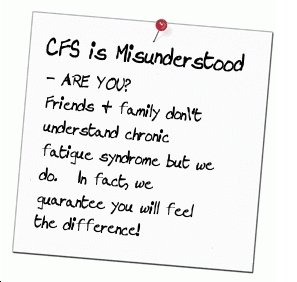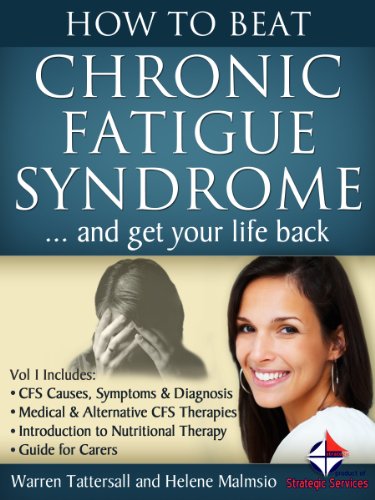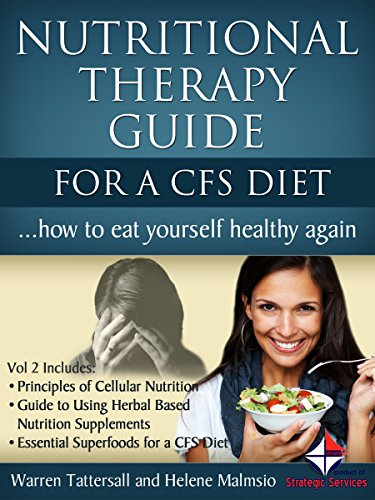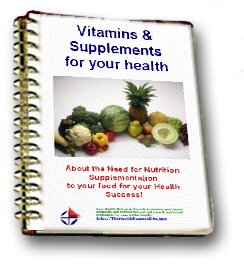The key to exercising success
How do I begin?
The key to a successful program is choosing an activity (or activities) that you will enjoy. Even moderate levels of activity have important health benefits. Here are some questions that can help you choose the right kind of activity for you:
1. How physically fit are you?
If you've been inactive for a while, you may want to start with walking or swimming at a comfortable pace.
Beginning with less strenuous activities will allow you to become more fit without straining your body. Once you are in better shape, you can gradually change to a more vigorous activity if you wish.
2. How old are you?
If you are over 40 and have not been active, avoid very strenuous programs such as jogging when you're first starting out. For the first few months, build up the length and intensity of your activity gradually. Walking and swimming are especially good forms of exercise for all ages.
3. What benefits do you want from exercising?
If you want the benefits of exercise that condition your heart and lungs, check the activities in columns A and B. These activities - as well as those listed in column C - also give you other benefits as described in this booklet.
4. Do you like to exercise alone or with other people?
Do you like individual activities such as swimming, team sports such as soccer, or two-person activities such as racquetball? How about an aerobics class or ballroom dancing? Companionship can help you get started and keep going. If you would like to exercise with someone else, can you find a partner easily and quickly? If not, choose another activity until you can find a partner.
5. Do you prefer to exercise outdoors or in your home?
Outdoor activities offer variety in scenery and weather. Indoor activities offer shelter from the weather and can offer the convenience of exercising at home as with stationary cycling. Some activities such as bench stepping, running in place or jumping rope can be done indoors or outdoors. If your activity can be seriously affected by weather, consider choosing a second, alternate activity. Then you can switch activities and still stay on your regular schedule.
6. How much money are you willing to spend for sports equipment or facilities?
Many activities require little or no equipment. For example, brisk walking only requires a comfortable pair of walking shoes. Also, many communities offer free or inexpensive recreation facilities and physical activity classes.
7. When can you best fit the activity into your schedule?
Do you feel more like being active in the morning, afternoon, or evening? Consider moving other activities around. Schedule your activity as a regular part of your routine. Remember that exercise sessions are spread out over the week and needn't take more than about 10 to 15 minutes at a time.
By choosing activities you like, you will be more likely to keep doing them regularly and enjoying the many benefits of physical activity.
How do I pace myself?
Build up slowly If you've been inactive for a long while, remember it will take time to get into shape. Start with low- to moderate-level activities for at least several minutes each day. See the sample walking program, for example. You can slowly increase your time or pace as you become more fit. And you will feel more fit after a few weeks than when you first started.
How hard should I exercise?
It's important to exercise at a comfortable pace. For example, when jogging or walking briskly you should be able to keep up a conversation comfortably. If you do not feel normal again within 10 minutes of stopping exercise, you are pushing yourself too much.
Also, if you have difficulty breathing, experience faintness or prolonged weakness during or after exercising, you are exercising too hard. Simply cut back.
If your goal is to improve the fitness of your heart and lungs, you can find out how hard to exercise by keeping track of your heart rate. Your maximum heart rate is the fastest your heart can beat. Exercise above 75 percent of your maximum heart rate may be too strenuous unless you are in excellent physical condition. Exercise below 50 percent gives your heart and lungs little conditioning.
Therefore, the best activity level is 50 to 75 percent of this maximum rate. This 50-75 percent range is called your target heart rate zone.
When you begin your exercise program, aim for the lower part of your target zone (50 percent) during the first few months. As you get into better shape, gradually build up to the higher part of your target zone (75 percent). After 6 months or more of regular exercise, you can exercise at up to 85 percent of your maximum heart rate - if you wish. However, you do not have to exercise that hard to stay in good condition.
the A to Z directory of dealing with Health Problems & Self Care Strategies for natural remedies to your health issues.
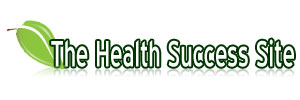
Subscribe to get your weekly "Health Success Magazine" with a new complete & comprehensive Health Report in every edition!

to “Your Health Success”
our weekly F’R’E’E’ Newsletter
If you would like a free no-obligation private consultation or to contact Warren Tattersall for more information, please click here >> Contact Us
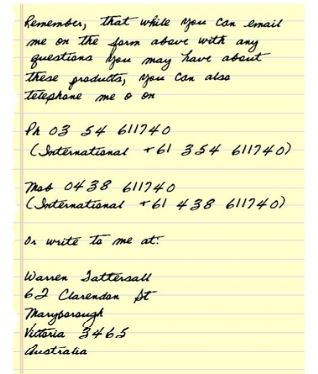
Click the books above to learn more about how we treat CFS naturally, to get your life back!
You will find many assorted Health Reports available for download free to you on this website!
Our free Health Success Reports are each available for you to download when you subscribe to receive them and their 7 part eCourse.
You can unsubscribe at any time, but we are sure you will want to receive all the email lessons of these informative ecourses.
Read more HERE to select the REPORT subjects of most interest (or concern) to you.




